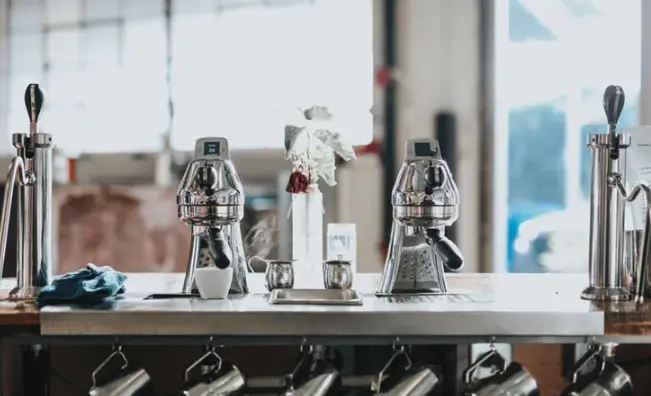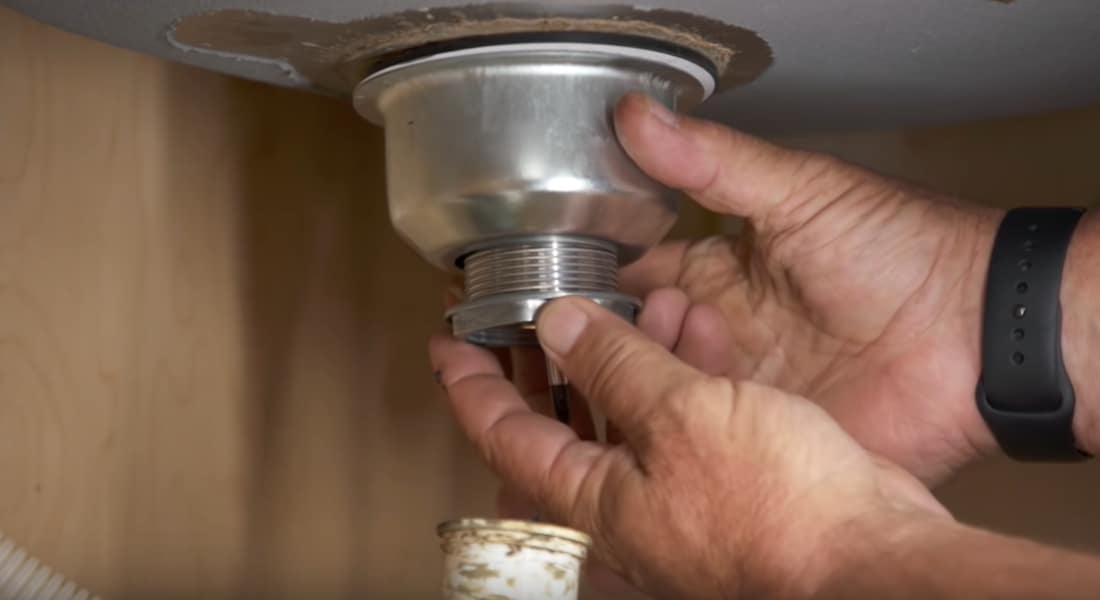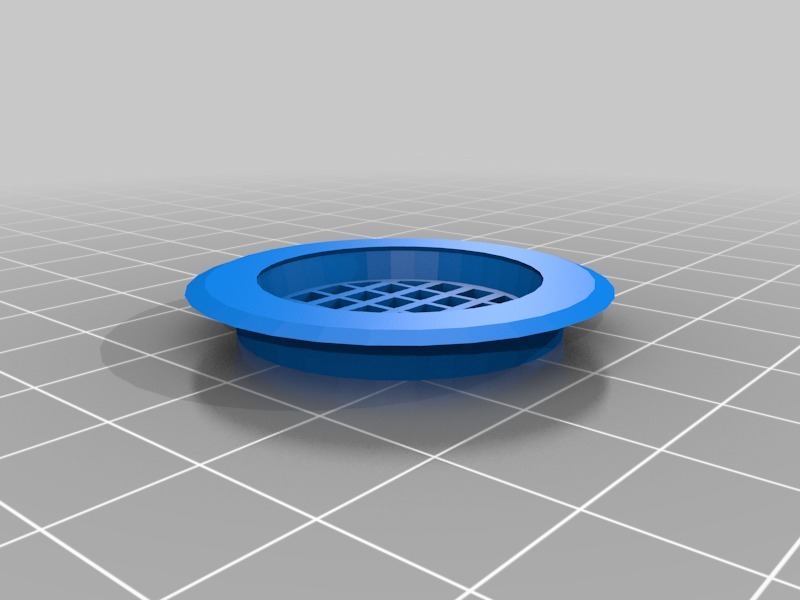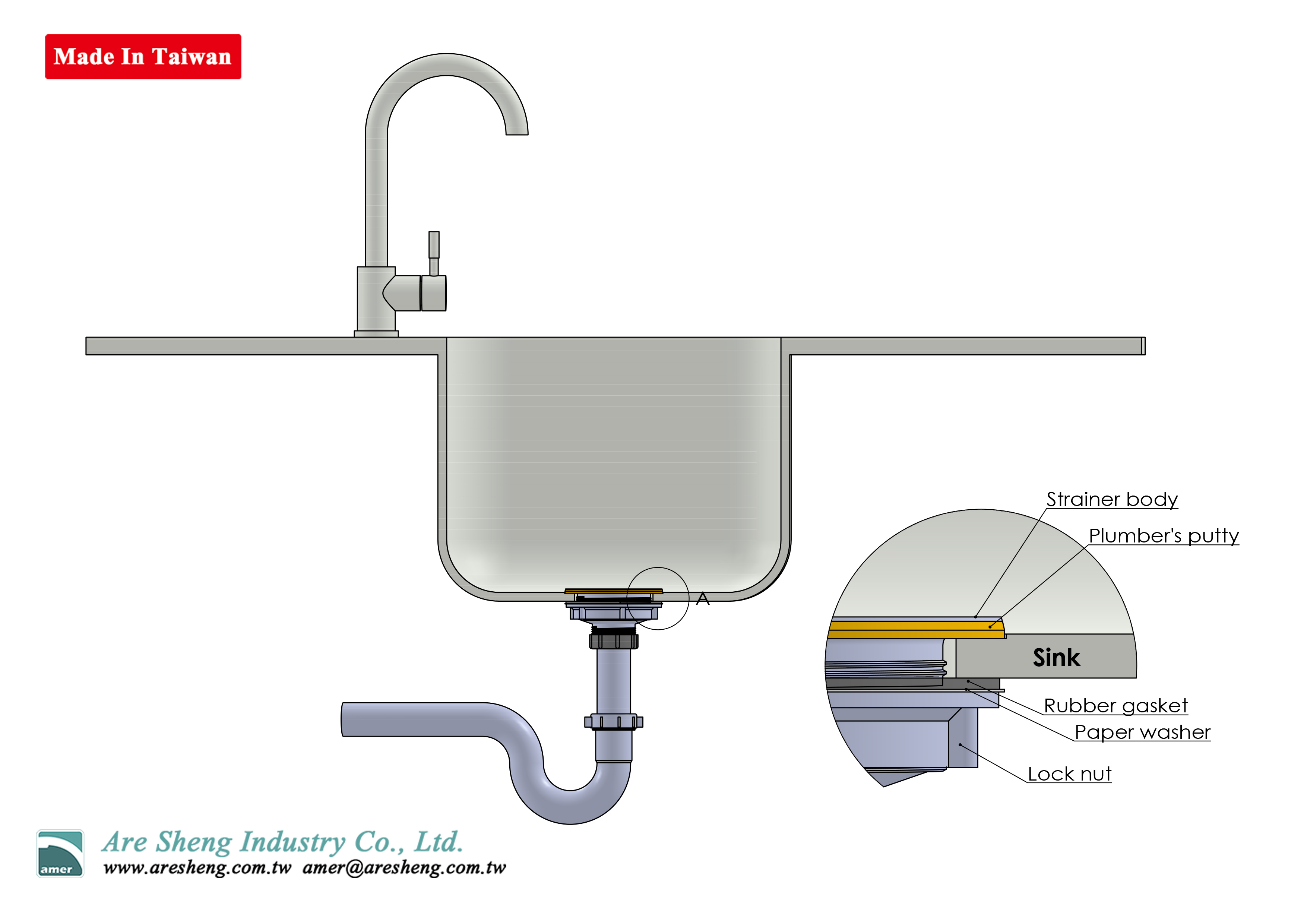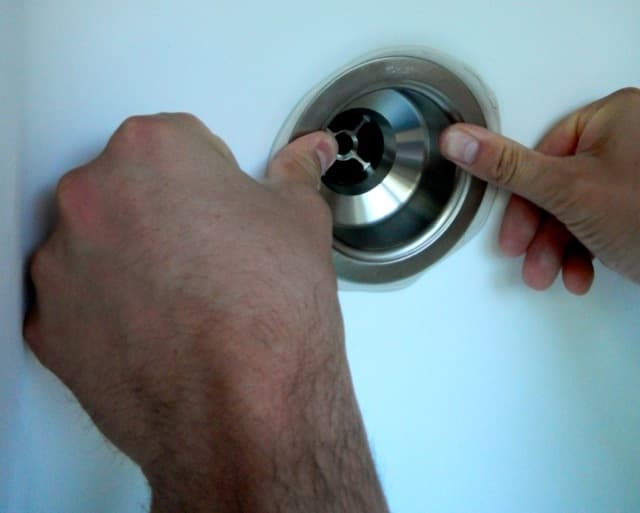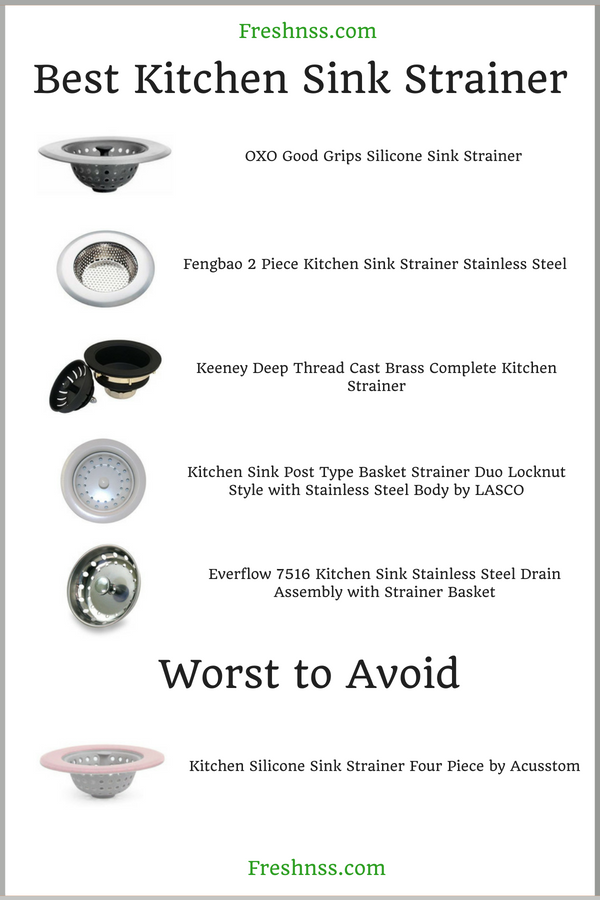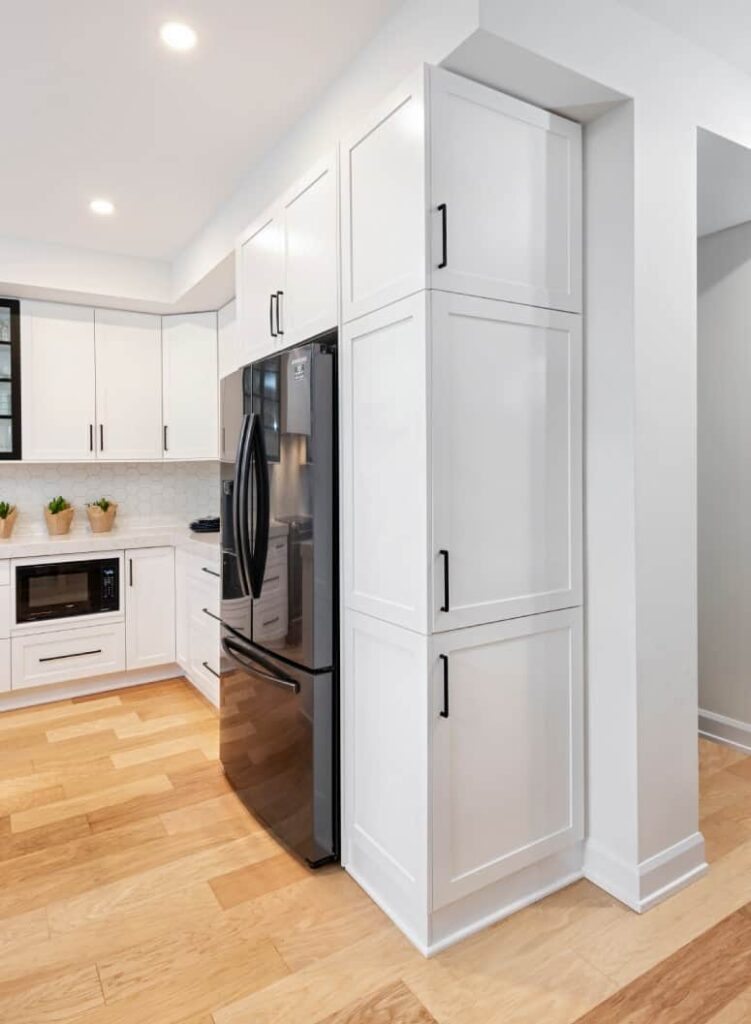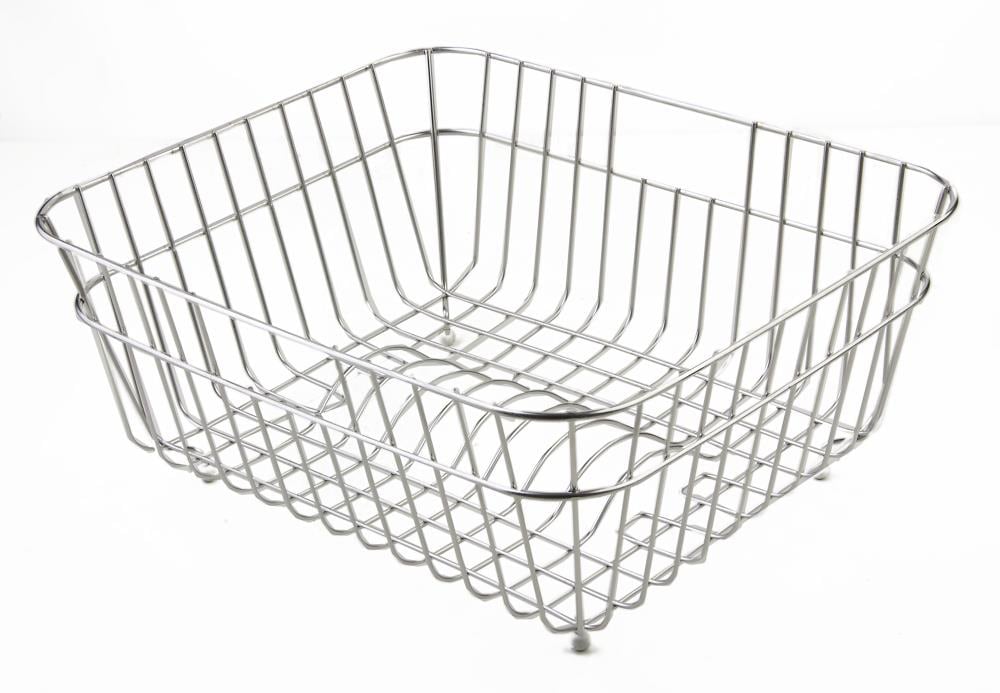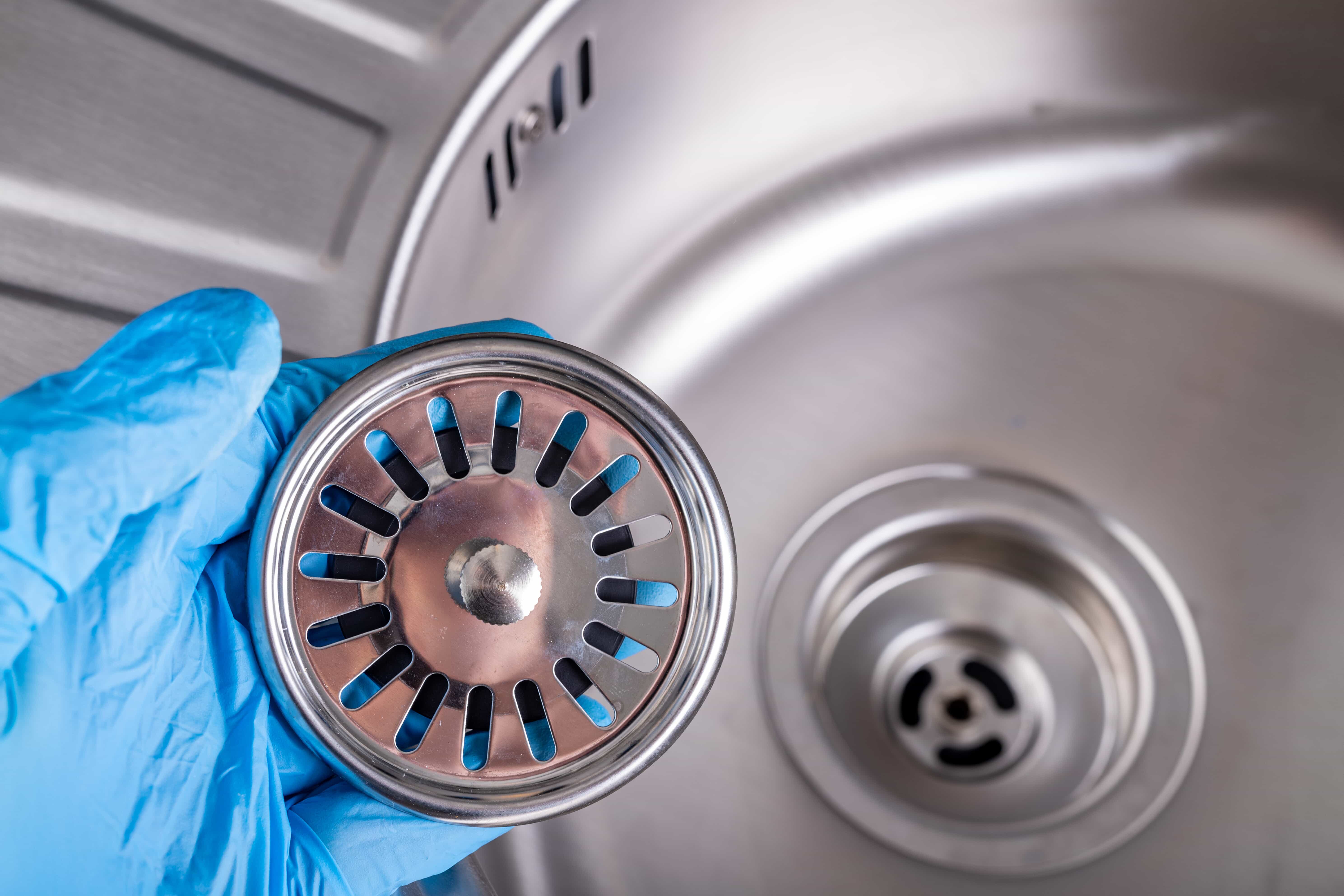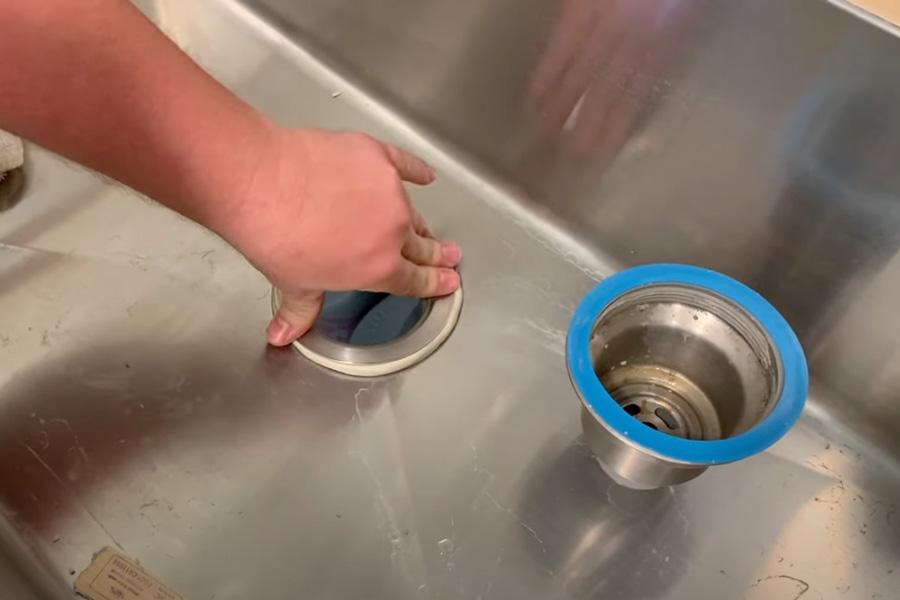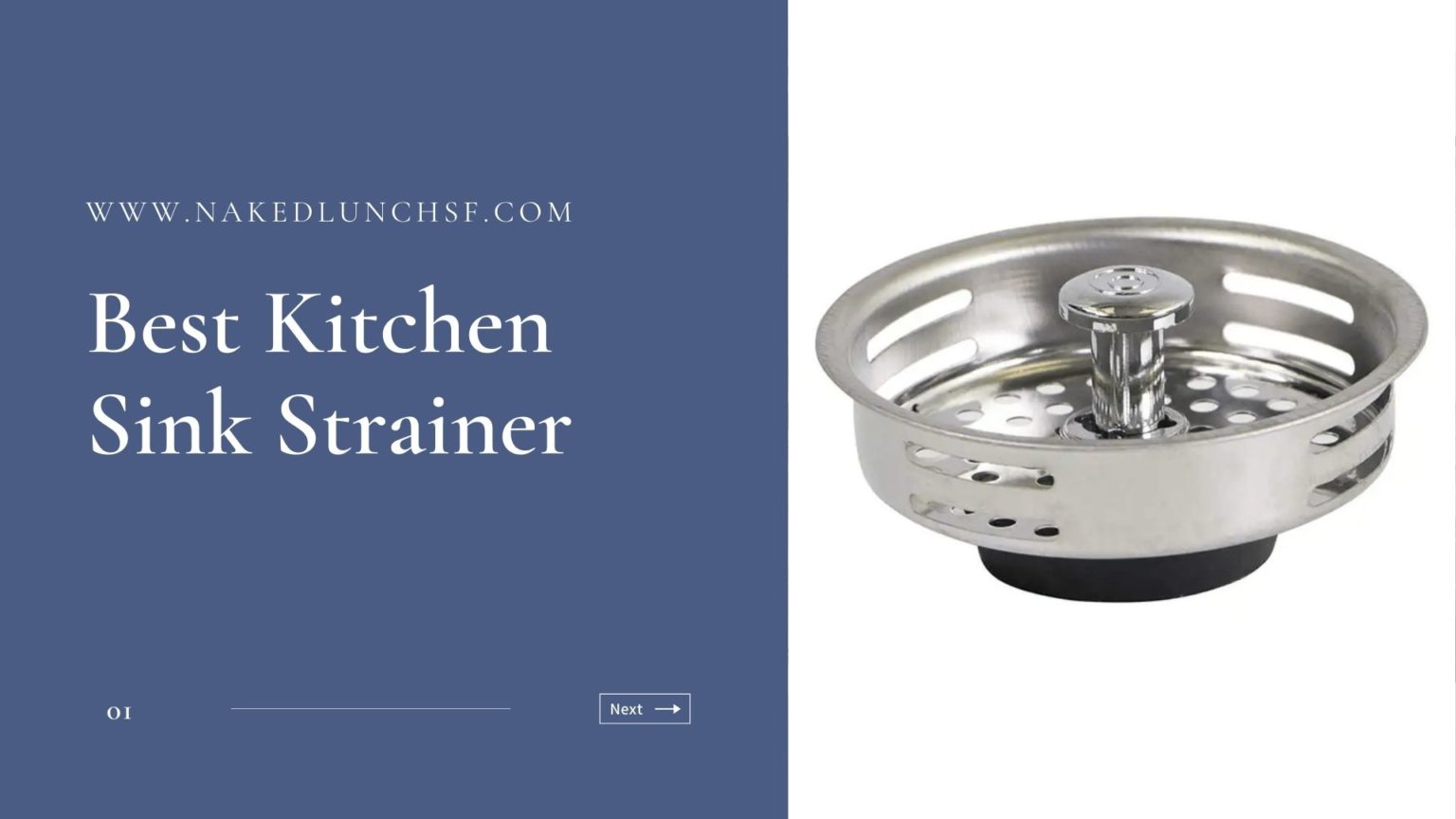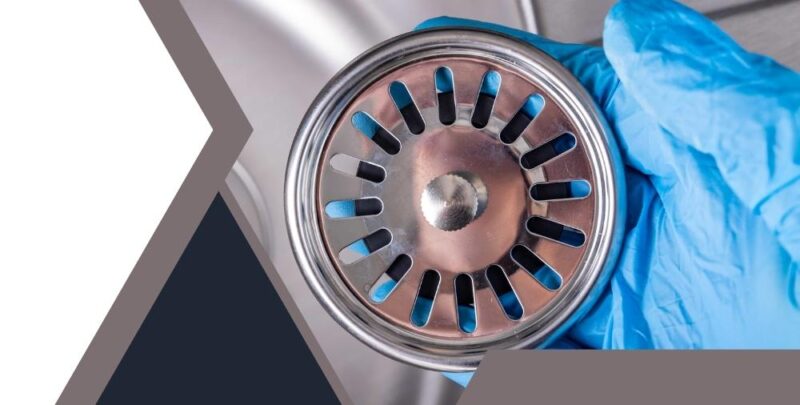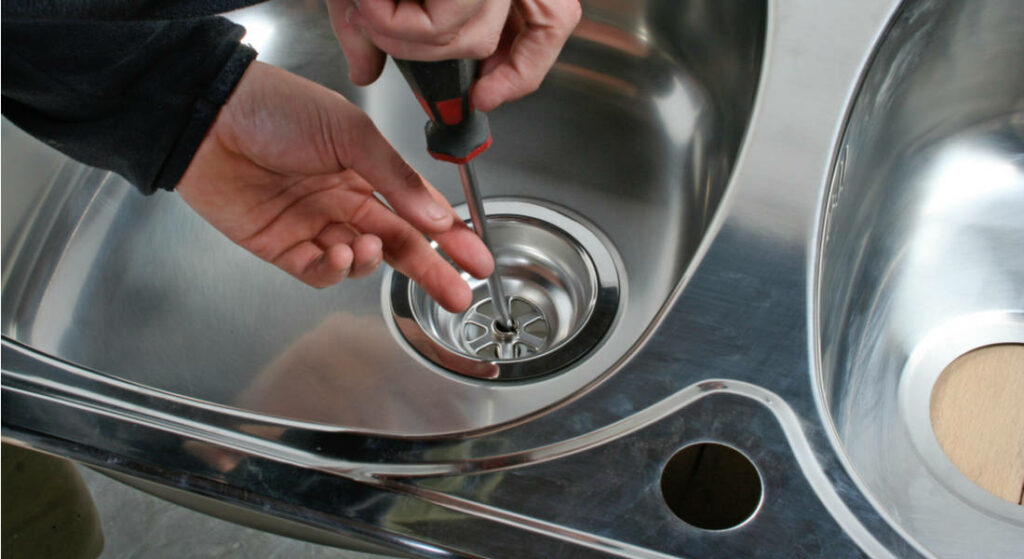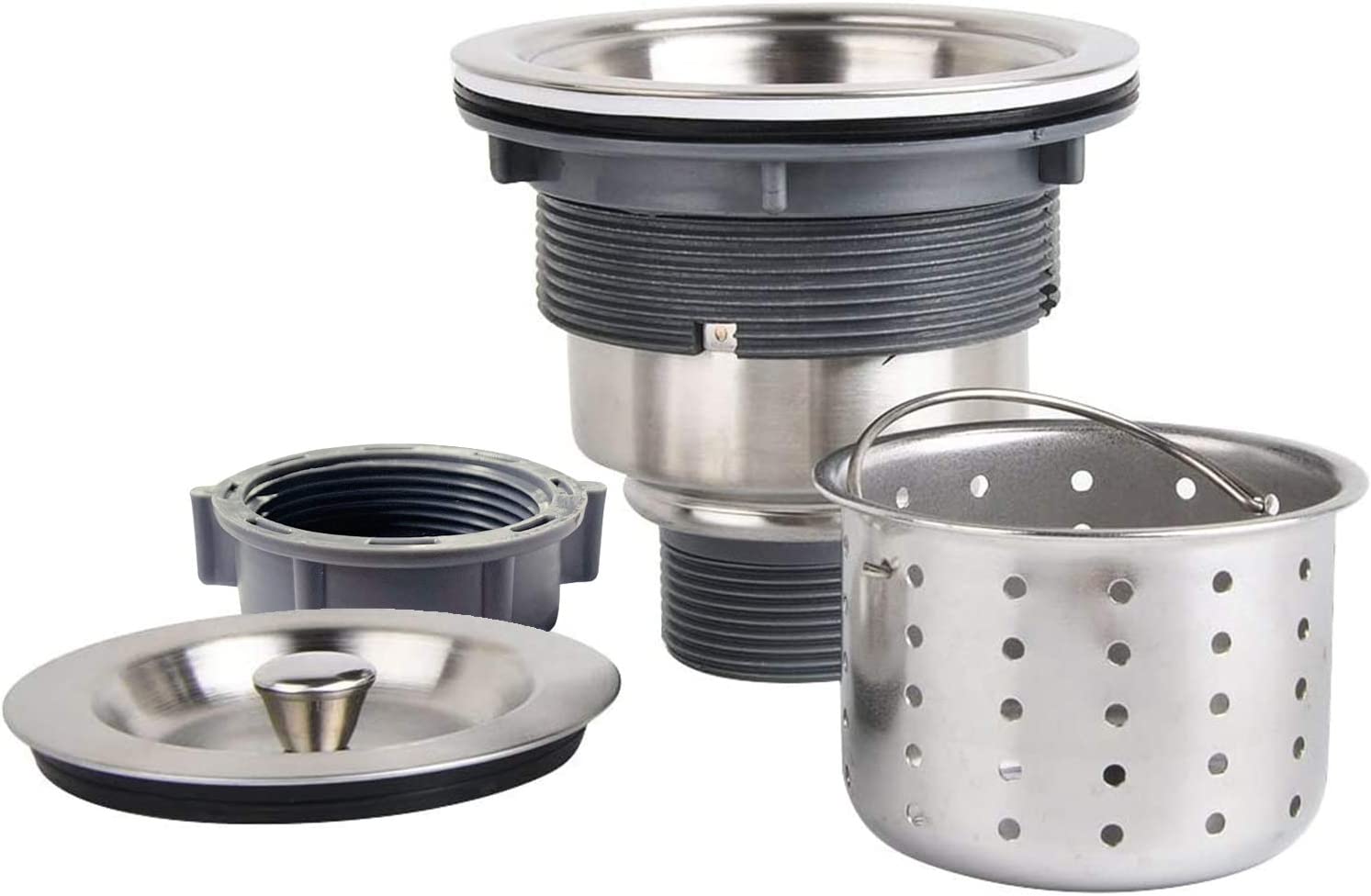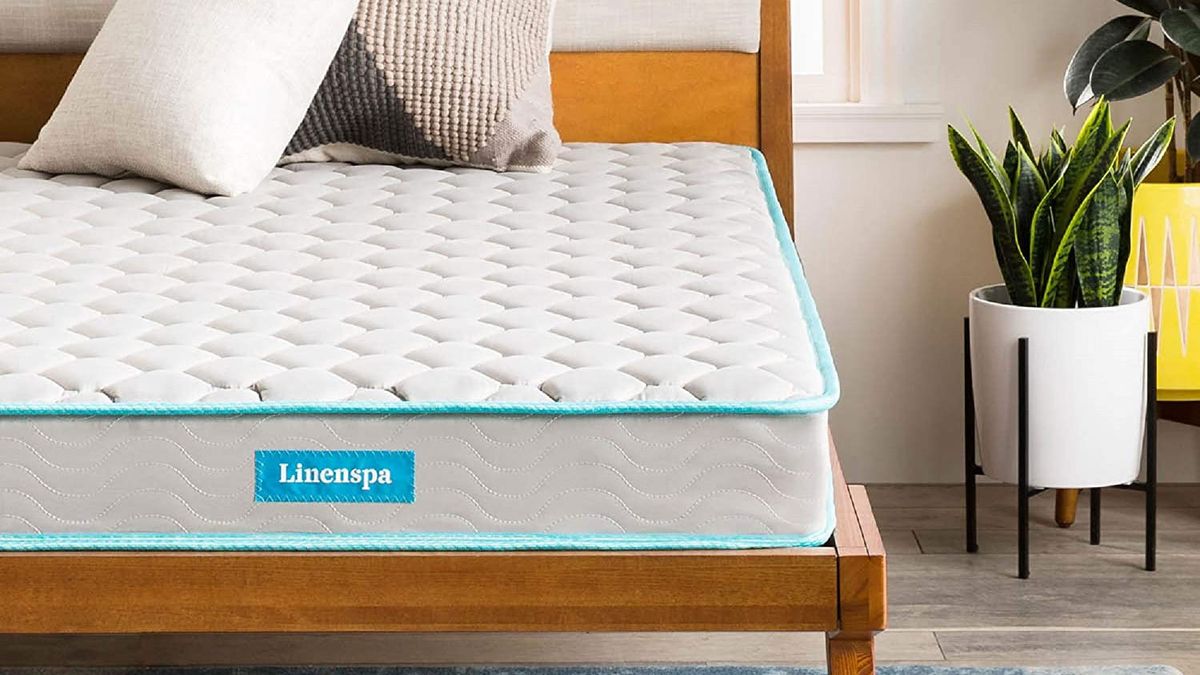Installing a kitchen sink strainer is an essential part of setting up your kitchen sink. This small but mighty tool prevents food particles and debris from clogging your drain, keeping your sink and pipes clean and functional. If you're planning to install a new kitchen sink or upgrade your current one, learning how to install a kitchen sink strainer is a must. Here's a step-by-step guide on how to install a kitchen sink strainer and some tips to make the process easier.How to Install a Kitchen Sink Strainer
The first step in installing a kitchen sink strainer is to choose the right strainer basket for your sink. Measure the diameter of your sink's drain and choose a strainer basket that fits snugly. Once you have the right strainer basket, you can start the installation process.How to Install a Kitchen Sink Strainer Basket
Step 1: Gather the necessary tools and materials. You will need a strainer basket, plumber's putty, a rubber gasket, a locking nut, and a basket strainer wrench. Step 2: Apply plumber's putty around the bottom of the strainer basket's flange. Step 3: Insert the strainer basket into the sink's drain hole, making sure the plumber's putty forms a tight seal between the basket and the sink. Step 4: Place the rubber gasket on top of the strainer basket, then screw on the locking nut. Use a basket strainer wrench to tighten the nut securely. Step 5: Wipe away any excess plumber's putty and clean the area around the strainer basket. Step 6: Attach the strainer basket's tailpiece to the sink's drainpipe using a slip nut and washer. Step 7: Test the strainer basket by running water through it. If there are any leaks, tighten the connections or add more plumber's putty as needed.Step-by-Step Guide for Installing a Kitchen Sink Strainer
Installing a kitchen sink strainer is a relatively simple task that can be done as a DIY project. However, if you're not confident in your plumbing skills, it's always best to hire a professional to ensure the job is done correctly. If you do choose to install the strainer yourself, make sure to follow the manufacturer's instructions and use the proper tools and materials.DIY Kitchen Sink Strainer Installation
As mentioned earlier, you will need a strainer basket, plumber's putty, a rubber gasket, a locking nut, and a basket strainer wrench. In addition, you may also need a screwdriver, a slip nut, and a washer. It's always a good idea to have these tools and materials on hand before starting the installation process.Tools and Materials Needed for Installing a Kitchen Sink Strainer
Here are some tips to keep in mind when installing a kitchen sink strainer: - Make sure the strainer basket is centered properly before tightening the locking nut. This will ensure a secure seal and prevent leaks. - Use enough plumber's putty to create a tight seal between the strainer basket and the sink. Any excess putty can be wiped away after installation. - If you're having trouble tightening the locking nut, use a basket strainer wrench for a better grip.Tips for Installing a Kitchen Sink Strainer
While installing a kitchen sink strainer may seem like a straightforward task, there are some common mistakes that can lead to problems down the line. Here are a few things to avoid: - Not using enough plumber's putty or not properly sealing the strainer basket can result in leaks. - Using the wrong tools or materials can make the installation process more challenging and may lead to a faulty installation. - Not following the manufacturer's instructions can result in an improper installation.Common Mistakes to Avoid When Installing a Kitchen Sink Strainer
If you're more of a visual learner, there are plenty of video tutorials available online that can guide you through the process of installing a kitchen sink strainer. Watching a professional do the installation can also give you some helpful tips and tricks.Video Tutorial: How to Install a Kitchen Sink Strainer
If you're not comfortable with DIY projects or simply don't have the time to install a kitchen sink strainer yourself, you can always hire a professional plumber to do the job for you. Not only will they have the necessary skills and experience, but they can also ensure that the strainer is installed correctly and will last for years to come.Professional Kitchen Sink Strainer Installation Services
The cost of installing a kitchen sink strainer can vary depending on the type of strainer and the complexity of the installation. On average, hiring a professional plumber can cost anywhere from $100 to $300, but this may vary based on your location and the plumber's rates. However, given the importance of a properly functioning kitchen sink strainer, it's a worthwhile investment to ensure your sink and pipes stay in top shape.Cost of Installing a Kitchen Sink Strainer
Why Kitchen Sink Strainer Installation is Essential for a Functional and Aesthetically Pleasing Kitchen

The Importance of a Kitchen Sink Strainer
 When it comes to designing or renovating a kitchen, every small detail counts. One of the most overlooked but essential elements in a kitchen is the sink strainer. This simple yet crucial tool not only helps keep your kitchen clean and organized, but it also plays a significant role in maintaining the functionality and aesthetics of your kitchen.
Kitchen sink strainers
are designed to trap food particles and debris, preventing them from clogging your drain. This not only saves you from the hassle of dealing with a blocked sink, but it also helps maintain the hygiene of your kitchen. With a strainer in place, you can easily dispose of food scraps without worrying about them getting stuck in your pipes.
When it comes to designing or renovating a kitchen, every small detail counts. One of the most overlooked but essential elements in a kitchen is the sink strainer. This simple yet crucial tool not only helps keep your kitchen clean and organized, but it also plays a significant role in maintaining the functionality and aesthetics of your kitchen.
Kitchen sink strainers
are designed to trap food particles and debris, preventing them from clogging your drain. This not only saves you from the hassle of dealing with a blocked sink, but it also helps maintain the hygiene of your kitchen. With a strainer in place, you can easily dispose of food scraps without worrying about them getting stuck in your pipes.
Proper Installation for Optimal Performance
 While some may think that installing a kitchen sink strainer is a simple task, it is crucial to understand that proper installation is key to its optimal performance. The strainer needs to be securely attached to the sink to prevent any leaks or loose fittings that can cause problems in the long run. It is recommended to hire a professional plumber for the installation to ensure it is done correctly.
Another important aspect to consider is the size of the strainer
. It should fit perfectly in your sink drain to effectively catch all debris and prevent it from entering your pipes. Choosing the right size can also enhance the overall look of your sink and add a touch of elegance to your kitchen.
While some may think that installing a kitchen sink strainer is a simple task, it is crucial to understand that proper installation is key to its optimal performance. The strainer needs to be securely attached to the sink to prevent any leaks or loose fittings that can cause problems in the long run. It is recommended to hire a professional plumber for the installation to ensure it is done correctly.
Another important aspect to consider is the size of the strainer
. It should fit perfectly in your sink drain to effectively catch all debris and prevent it from entering your pipes. Choosing the right size can also enhance the overall look of your sink and add a touch of elegance to your kitchen.
Choosing the Right Material
 When it comes to
materials for kitchen sink strainers
, there are several options available, including stainless steel, plastic, and silicone. Each material has its own set of advantages and disadvantages, so it is essential to consider your needs and preferences before making a decision.
Stainless steel strainers are the most popular choice due to their durability and rust-resistant properties. They also add a sleek and modern touch to your kitchen. Plastic strainers are a more budget-friendly option, but they may not be as durable as stainless steel. Silicone strainers are flexible and easy to clean, but they may not be as efficient in trapping debris.
In conclusion,
kitchen sink strainer installation is an essential aspect of house design
that should not be overlooked. It not only helps keep your kitchen clean and organized but also enhances its functionality and aesthetics. Remember to choose the right size and material for your strainer and hire a professional for installation to ensure optimal performance.
When it comes to
materials for kitchen sink strainers
, there are several options available, including stainless steel, plastic, and silicone. Each material has its own set of advantages and disadvantages, so it is essential to consider your needs and preferences before making a decision.
Stainless steel strainers are the most popular choice due to their durability and rust-resistant properties. They also add a sleek and modern touch to your kitchen. Plastic strainers are a more budget-friendly option, but they may not be as durable as stainless steel. Silicone strainers are flexible and easy to clean, but they may not be as efficient in trapping debris.
In conclusion,
kitchen sink strainer installation is an essential aspect of house design
that should not be overlooked. It not only helps keep your kitchen clean and organized but also enhances its functionality and aesthetics. Remember to choose the right size and material for your strainer and hire a professional for installation to ensure optimal performance.








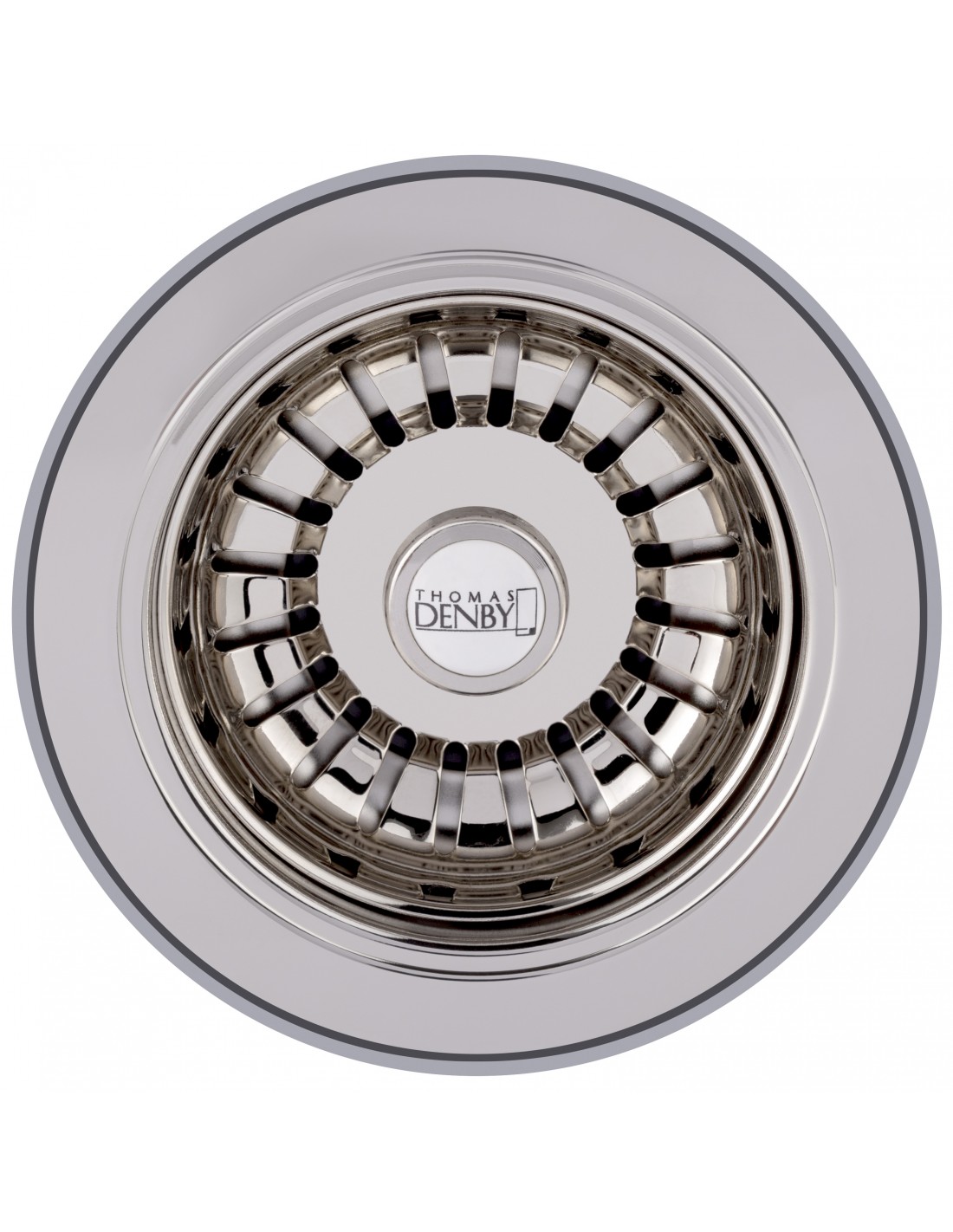
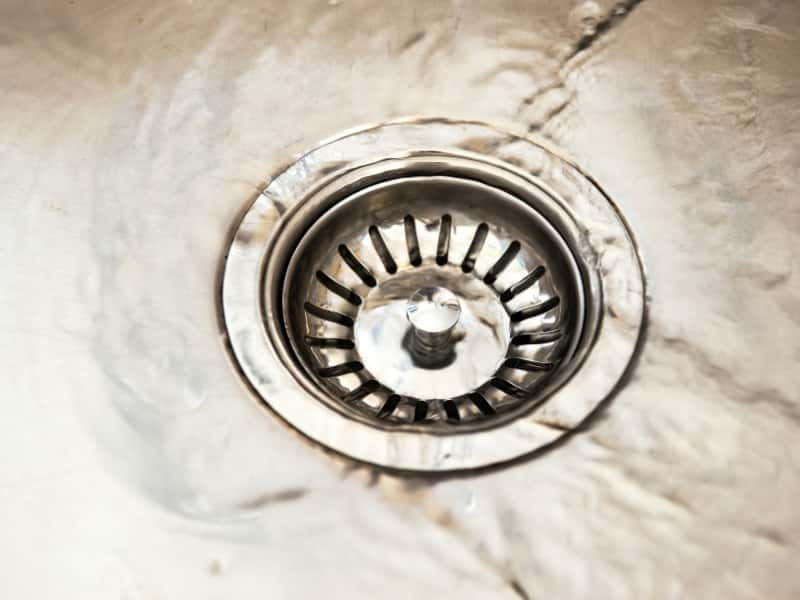







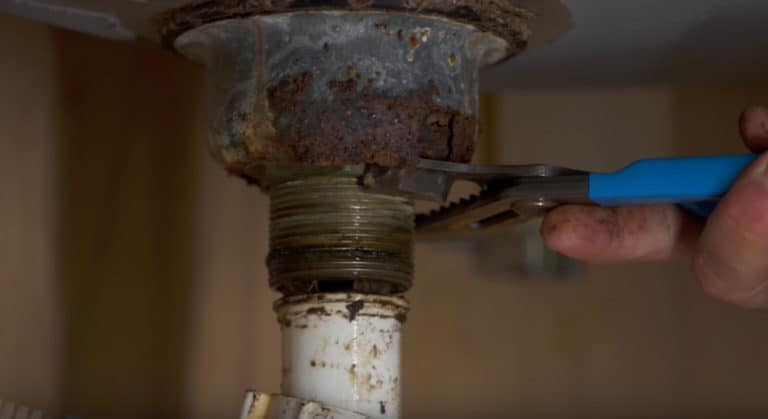
:no_upscale()/cdn.vox-cdn.com/uploads/chorus_asset/file/19495086/drain_0.jpg)

